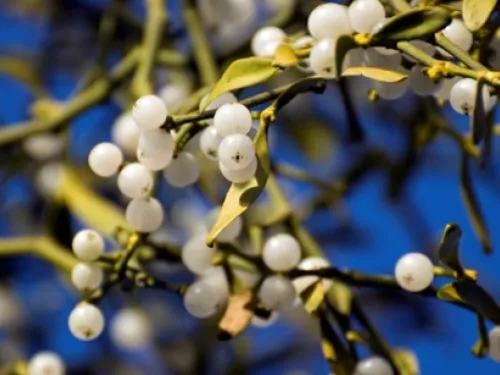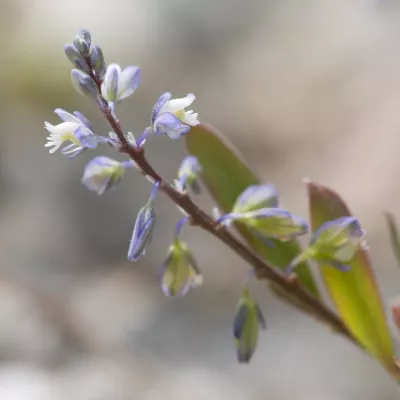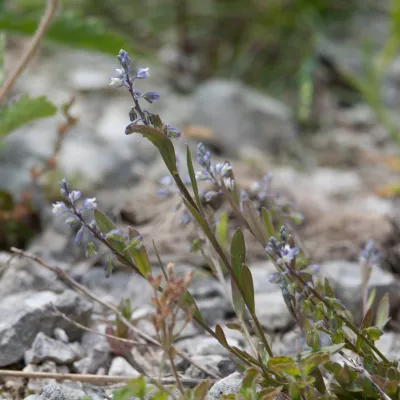Species recovery
In 2013, Kent Wildlife Trust, The Species Recovery Trust, Royal Botanic Gardens Kew and a handful of volunteers formed a steering group aiming to improve populations of dwarf milkwort (Polygala amarella). Historically, two distinct populations existed: Yorkshire, Cumbria and Teesdale in the north; Kent in the south (16 sites). By 2010, only three Kentish sites remained. Since the project began, northern and southern populations have split, with Kentish milkwort becoming its own subspecies, increasing the importance of conserving this new plant.
The project began with a comprehensive survey of current and historical sites to better understand species requirements and strategies for improvement. Out of the three sites in Kent, low populations were found at two and the third recorded no plants for the past four years. Seeds were collected from the strongest population and taken to Kew to cultivate. This process ensured a long-term seed source for future introduction projects, without depleting existing populations.
In 2021, Kew grew enough plants for trial introductions at Fackenden Down and Queendown Warren, both chalk grassland habitats. While Fackenden was unfortunately not successful, the Queendown trial thrived. The latest survey in summer 2023 revealed nearly 50 plants, increased from 17 in 2021. This success means that the population at Queendown Warren is now large enough for small numbers of seeds to be collected, bolstering the collection at Kew. The next steps will involve using pigs to maintain the open ground and introducing the plant to other suitable sites in the hopes of securing this Kentish endemic’s population.








